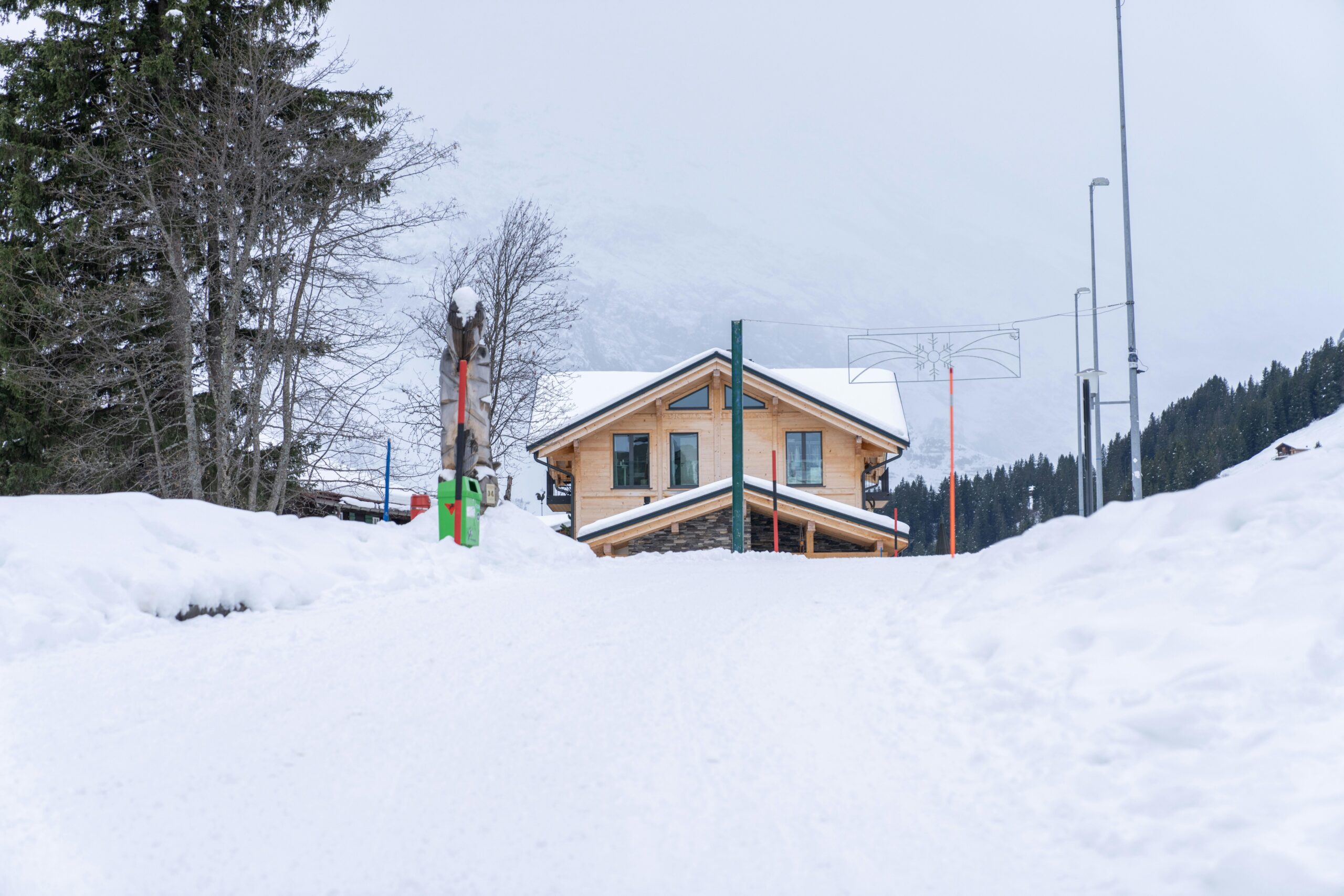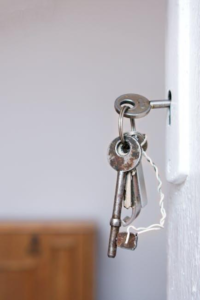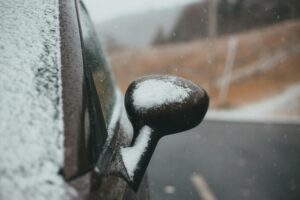As the Twin Cities brace for the icy embrace of winter, the season’s beauty brings with it a unique set of challenges-especially when it comes to home security. Snow-covered landscapes and longer nights can create opportunities for unwanted visitors, making it essential for residents to be vigilant and prepared. Whether you’re a lifelong Minnesotan or new to the area, understanding how to protect your home during the colder months is key to maintaining peace of mind. This article explores practical winter home security tips tailored specifically for Twin Cities residents, helping you safeguard your sanctuary against the season’s chill and beyond.
Table of Contents
- Winter Weather Challenges and How They Affect Home Security
- Securing Entry Points Against Cold and Intruders
- Maximizing Outdoor Lighting for Long Winter Nights
- Protecting Your Home Automation Systems from Harsh Conditions
- Emergency Preparedness for Power Outages and Severe Storms
- Q&A
- Insights and Conclusions
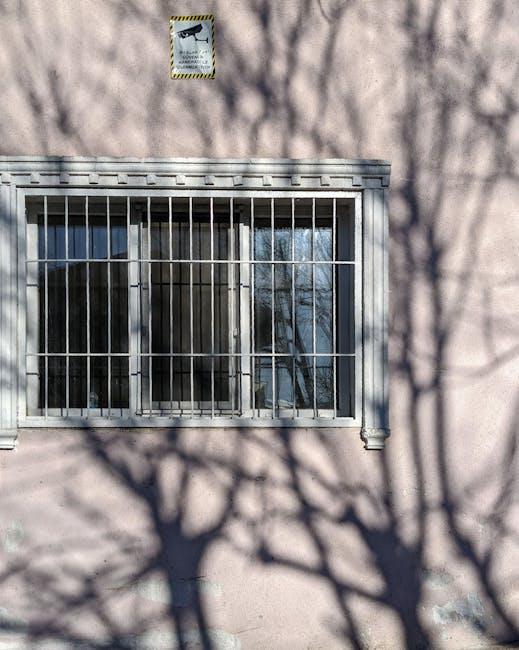
Winter Weather Challenges and How They Affect Home Security
Blustery winds, icy roads, and looming snowdrifts create more than just an inconvenience during the winter months-they introduce unique vulnerabilities to your home’s safety. Thick layers of ice and snow can obscure surveillance cameras and motion sensor lights, effectively blinding your home’s early warning systems. Additionally, snow buildup near doors and windows may limit your ability to quickly exit during an emergency, while also offering hiding spots for potential intruders trying to exploit this seasonal camouflage.
To counter these challenges, residents must be proactive in adapting their security measures. Regularly clearing snow and ice away from entry points is essential, but pairing this with winter-specific actions can elevate protection significantly:
- Installing heated mats to prevent snow accumulation on walkways and near key access points
- Repositioning cameras to avoid obstructions caused by snowfall and branches weighed down by ice
- Using weatherproof covers on outdoor sensors to maintain functionality through storms
- Ensuring motion-activated lighting is adjusted for shorter daylight periods and foggy conditions
| Winter Challenge | Effect on Security | Recommended Solution |
|---|---|---|
| Snow obstructs cameras | Limited surveillance visibility | Regular snow clearing & camera protection |
| Icy pathways | Increased risk of slips during emergencies | Heated mats and anti-slip treatments |
| Reduced daylight | Security lights less effective | Adjust lighting schedules & upgrade to brighter bulbs |

Securing Entry Points Against Cold and Intruders
To maintain a cozy and secure home during harsh winter months, it’s essential to fortify every doorway and window against biting cold and unwanted visitors alike. Start by inspecting weatherstripping and replacing any worn or cracked seals to create a tight barrier that keeps drafts-and potential intruders-at bay. Adding sturdy storm doors not only enhances insulation but also acts as an extra line of defense. Remember, deadbolts and reinforced strike plates bolster security without compromising warmth.
Consider layering your defenses with smart technology to keep an eye on vulnerable access points. Motion-sensing lights near entrances deter nighttime prowlers, while window sensors and door alarms ensure you’ll be alerted to any unexpected activity. Below is a simple checklist to help you prioritize your entry point upgrades:
- Replace or repair weatherstripping to seal gaps
- Install storm doors for insulation and security
- Upgrade door locks to high-quality deadbolts
- Add motion-activated exterior lighting
- Use window and door sensors connected to a home security system
| Entry Point | Winter Protection Tip | Security Enhancement |
|---|---|---|
| Front Door | Seal cracks with weatherstripping | Install deadbolt lock |
| Garage Door | Insulate with weather-resistant panels | Use a rolling code garage opener |
| Windows | Add storm windows or plastic film | Apply window sensors |
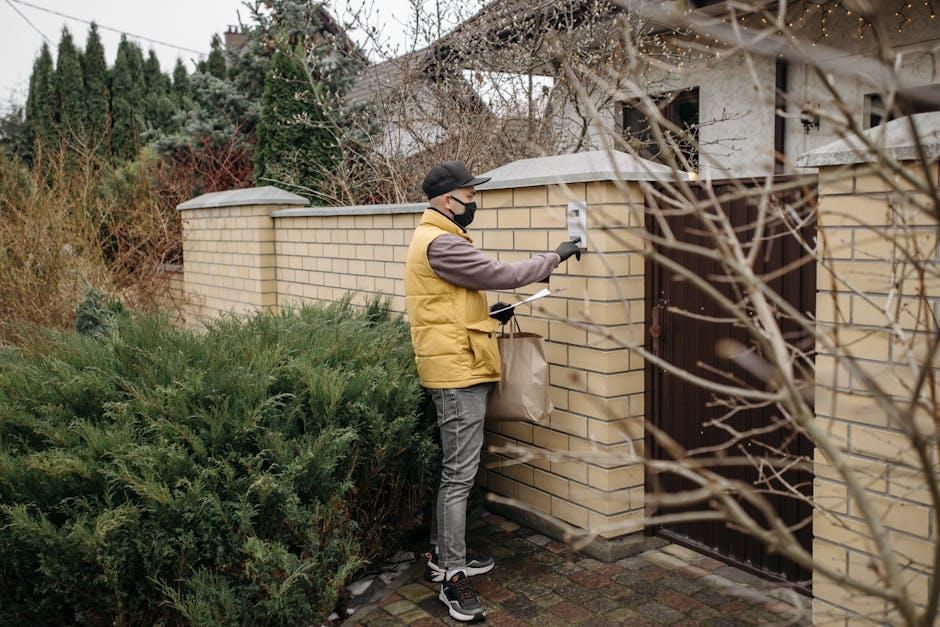
Maximizing Outdoor Lighting for Long Winter Nights
As the daylight hours shrink, optimizing your home’s exterior lighting becomes crucial for both safety and peace of mind. Installing motion-sensor lights around entry points can startle potential intruders long before they reach your door. Additionally, layering your lighting with a mix of path lights, spotlights, and porch lamps helps create a well-lit perimeter that discourages suspicious activity. Consider using warm LED bulbs to not only brighten the space but also reduce energy consumption during these long winter evenings.
For an effective lighting strategy, focus on areas that typically remain dark or obscured. This includes:
- Driveways and garages
- Backyards and side alleys
- Underneath staircases and decks
Utilizing smart-lighting systems allows for convenient scheduling and remote control, ensuring your home never stays in the dark. Below is a simple guide to ideal outdoor lighting placement and their purposes:
| Lighting Type | Recommended Location | Primary Purpose |
|---|---|---|
| Motion Sensor | Entry doors, driveway | Detect movement and deter intruders |
| Path Lights | Walkways, garden paths | Guide safely through dark areas |
| Spotlights | Near windows, corners | Illuminate shadow zones |
| Porch Lights | Front porch and back door | Provide welcoming, constant illumination |
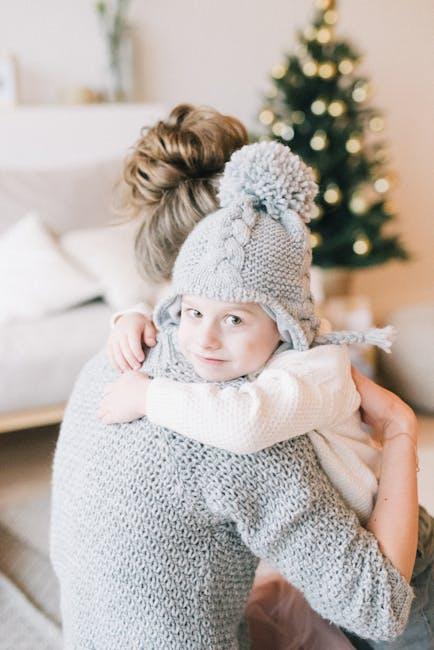
Protecting Your Home Automation Systems from Harsh Conditions
Extreme cold, moisture, and snow pose significant challenges to home automation systems, often leading to malfunctions or downtime just when you need them most. To ensure your smart devices continue performing optimally, start by choosing weather-resistant models specifically designed for harsh climates. Position sensitive components, like cameras and sensors, under eaves or protective covers to shield them from direct exposure. For outdoor hubs and control units, install insulated enclosures that maintain consistent internal temperatures and prevent condensation build-up. Regularly inspect wiring connections, as freezing temperatures can cause brittleness and cracks, potentially disrupting signals or power supply.
In addition to physical protection, keep your systems updated to benefit from software enhancements tailored for winter conditions and energy efficiency. Create a maintenance checklist that includes:
- Clearing snow and debris off sensors and cameras daily
- Monitoring battery performance in outdoor devices
- Testing connectivity to ensure devices remain responsive
- Seasonal recalibration of motion detectors for snow-triggered false alarms
| Device Type | Common Winter Issue | Recommended Protection |
|---|---|---|
| Outdoor Cameras | Lens fogging & snow accumulation | Heated covers & regular cleaning |
| Motion Sensors | False alarms due to blowing snow | Adjust sensitivity & repositioning |
| Wireless Hubs | Signal disruption from cold | Insulated enclosures & software updates |
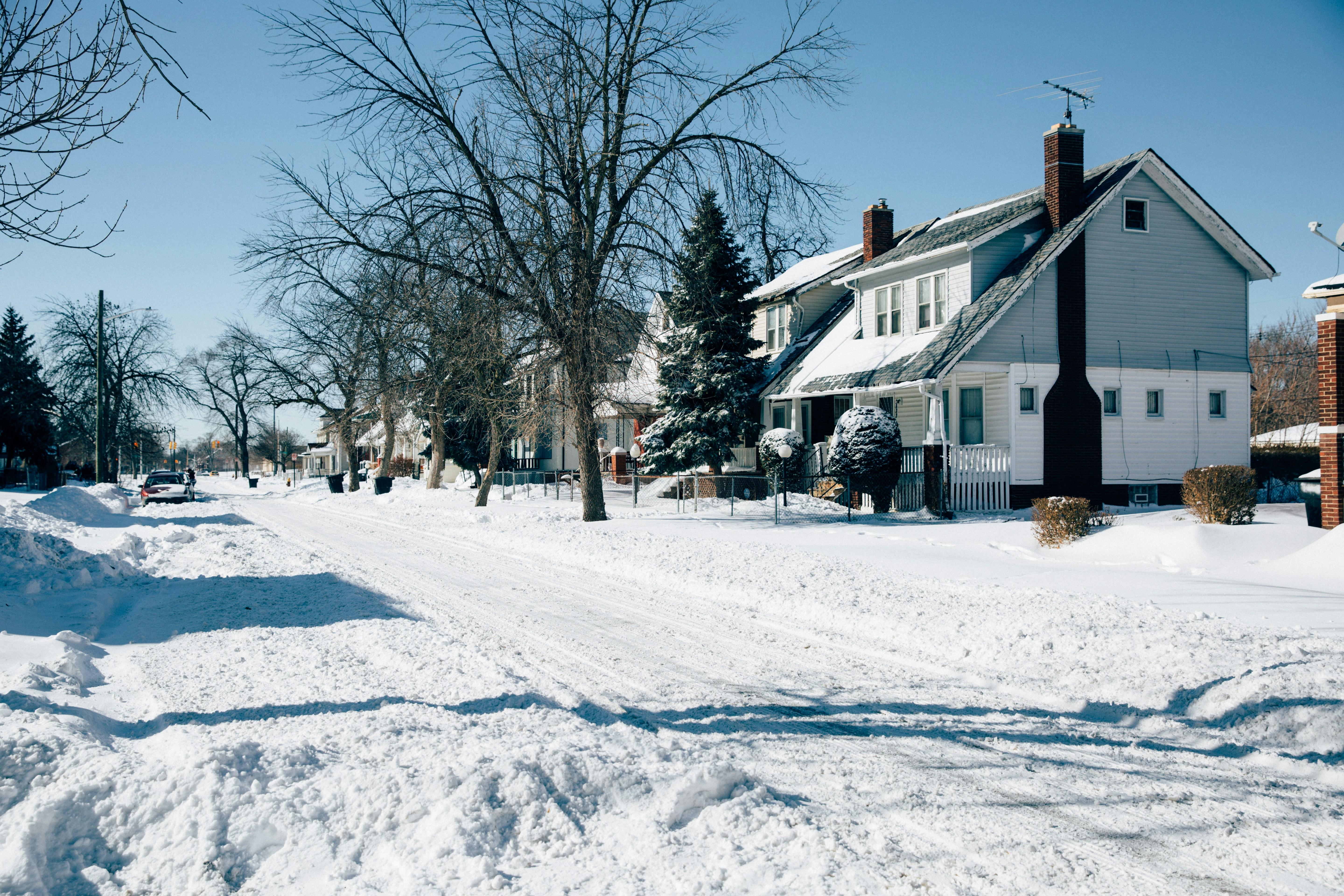
Emergency Preparedness for Power Outages and Severe Storms
When winter storms hit the Twin Cities, power outages can be more than just an inconvenience-they can pose serious risks to your safety and comfort. It’s essential to have a well-stocked emergency kit that includes items like flashlights, extra batteries, battery-powered or hand-crank radios, and a fully charged power bank for your phone. Keep blankets, warm clothing, and non-perishable food within easy reach to stay warm and nourished if the heating goes out. Consider having a manual can opener and bottled water as well, since disruptions can affect plumbing and access to clean water.
Planning ahead means also making sure your home is structurally prepared for severe weather. Secure outdoor items that could become projectiles in strong winds, and unplug sensitive electronics to protect them from power surges once electricity returns. Creating a family communication plan ensures everyone knows where to meet and how to stay in touch if cell service falters. Here’s a quick checklist to keep you organized:
- Emergency Glow Sticks: Safe, long-lasting light alternative
- Portable Chargers: Keep devices powered
- Insulated Window Covers: Reduce heat loss
- First Aid Kit: Ready for minor injuries
- Emergency Contact Cards: Accessible to all family members
Q&A
Q&A: Winter Home Security Tips for Twin Cities Residents
Q1: Why is winter a critical time to reconsider home security in the Twin Cities?
A1: Winter in the Twin Cities brings long nights, freezing temperatures, and often heavy snowfall. These conditions can increase vulnerabilities-darkness falls early, making homes more attractive targets for burglars, and snow can conceal footprints or create obstacles for emergency access. Additionally, harsh weather can cause broken windows or faulty locks, compromising security.
Q2: How can residents prepare their homes to withstand harsh winter weather while maintaining security?
A2: Start by inspecting doors and windows for drafts or damage-upgrade weatherstripping and reinforce locks if needed. Clear snow away from entrances and pathways to prevent slips and ensure clear visibility. Trim bushes or trees that could offer cover to intruders. Consider installing motion-sensor lighting or outdoor cameras to monitor dark areas effectively.
Q3: What are some practical tips for Twin Cities residents to keep their homes safe during extended holiday absences?
A3: When traveling, don’t advertise your absence on social media. Arrange for a trusted neighbor or friend to pick up mail, shovel snow, and occasionally park in your driveway to give the appearance of occupancy. Use timers on indoor lights to simulate activity. Ensure all doors and windows are locked and consider a home security system with remote monitoring capabilities.
Q4: How can technology assist with winter home security in this region?
A4: Smart security devices like video doorbells, wireless cameras, and smart locks provide real-time alerts and remote control, allowing homeowners to monitor their property from anywhere-even on icy roads or out-of-town. Weather-resistant models are especially useful in cold climates. Additionally, automated lighting systems can deter potential intruders by mimicking normal household routines.
Q5: Are there specific community resources in the Twin Cities that residents can use to enhance winter security?
A5: Yes, many neighborhoods have safety watch programs where residents collaborate to keep an eye out for suspicious activity. Local police departments often offer seasonal home security audits or workshops. Additionally, community centers may provide resources and advice tailored to winter challenges unique to the region.
Q6: What role does routine maintenance play in winter home security for Twin Cities homes?
A6: Routine maintenance is crucial-clear gutters and roofs of ice dams to prevent damage, ensure exterior lighting is functioning, and repair any broken locks or windows promptly. Regular checks help maintain a secure, safe environment and prevent small issues from escalating during harsh winter conditions.
Q7: Can you share a simple checklist for home security during winter in the Twin Cities?
A7: Certainly!
- Inspect and weatherproof doors and windows.
- Install or test outdoor lighting and cameras.
- Clear snow and ice from walkways and entries.
- Use timers on indoor lights when away.
- Inform trusted neighbors of planned absences.
- Keep valuables out of sight from windows.
- Maintain smoke and carbon monoxide detectors-it’s especially important during winter heating.
By following these tips, Twin Cities residents can stay safe and secure all winter long.
Insights and Conclusions
As the Twin Cities embrace the crisp beauty of winter, safeguarding your home becomes as essential as bundling up in layers against the cold. By taking thoughtful precautions-from securing windows and doors to maintaining clear sightlines and winter-proofing your security systems-you create a shield of warmth and safety around your haven. Winter’s chill may settle in, but with these home security tips in place, peace of mind will keep you comfortably protected all season long. Stay cozy, stay vigilant, and let your home be a fortress against the frosty nights ahead.


